Description
Traditionally, preclinical toxicology testing for small and large molecule bio-pharmaceutical compounds, chemicals for human consumption and use, and human exposure to environmental chemicals has been screened using immortalized cell lines and animal models, before moving on to clinical trials or direct human and environmental use. However, the track-record of translational results from such in vitro and in vivo models to humans have been very unreliable and inconsistent and are a key factor in failure of many investigational drugs. In fact, many times several compounds have slipped through preclinical safety assessments because of gaps in the relevancy of the models, and have later found to be toxic clinical setting. Through history, these crises have led to enforcement stricter, elaborate, complex testing matrixes that are time-consuming, cost-prohibitive, and still cast doubt on whether the chemicals are truly safe in humans. If later proven to be unsafe, the economical and in worse cases, adverse health events (such as (developmental defects in children, neurological disorders, cardiotoxicity, hepatotoxicity) tend to be quite devastating.
The introduction of the iPSC technology and iPSC-derived cells as representative models for drug toxicology testing has drastically changed the landscape of reliably interpreting results from these screening studies. These iPSC-derived cells provide all the benefits of a biorelevant, primary cell culture model without the sourcing issues associated with them, the ease-of-use and high-throughput scalability of cell culture techniques, and lower cost by reducing the need for screening large number of animals. A critical area of nonclinical safety assessment which could benefit from reliable and predictive in vitro models and assays is the nonclinical assessment of neurotoxicity. With difficulty in sourcing for primary neuronal cells, directed-differentiation of iPSCs to neuronal lineage cells and microglia can provide a reliable, consistent and reproducible solution for screening for neurotoxicity of chemicals and drug candidates.
As a leader in stem cell technologies and especially directed-differentiation to a variety of somatic cell lineages, Applied StemCell has optimized and efficient differentiation protocols to generate neural stem cells (NSCs), neurons, astrocytes, oligodendrocytes, and microglia from control and disease iPSCs.
We also have panels of “ready-to-use” iPSCs and differentiated cells that have been reliably tested using known neurotoxins and neuroprotective agents:
- Control “master” iPSC lines that can be used as parental cells for genome engineering relevant cell line or disease model, and further differentiated into neurons and glial cells
- Isogenic control neurons (cortical, dopamine) and astrocytes differentiated from our control, master iPSC line (ASE-9109 and ASE-9110)
- Isogenic panel of iPSCs engineered with neuronal gene knockout that can be differentiated into neuronal lineage cells and have been shown to recapitulate neurological disease phenotypes
- Reporter iPSC lines that can be differentiated to neuronal lineage of choice and provide a research tool for quantitative safety assessments of chemicals.
We offer a battery of iPSC-derived cell-based assays to reliably screen your early-stage drug candidates, before moving to costly animal models studies and avoid late-stage drug attrition: We provide stage-specific phenotype assays in our neurotoxicity platform:
|
Screening |
Types of Assays |
Estimated Timeline |
|
Cytotoxicity & Cell Viability Assays |
MTT/ MTS cell proliferation assay LDH, Necrosis and Apoptosis assays Luciferase (bioluminescence) expression cAMP level measurement |
4-6 weeks |
|
Mitochondrial Toxicity Testing |
Enzyme activity Volume fraction detection |
2-4 weeks |
|
Functional Assays |
Calcium influx/ imaging Electrophysiology: Multielectrode array (MEA) analysis and Patch clamp recording |
8-12 weeks |
|
Quantitative Gene Expression |
qPCR RNA-seq using NGS (next generation sequencing) |
2-8 weeks |
|
Morphology |
Neurite growth assay Biomarker screening |
2-4 weeks |
|
Custom Assays |
iPSC generation; characterization; gene editing; differentiation Custom assay development |
Based on project requirements |
Can’t see an assay you are looking for? Don’t be discouraged. Please contact us with your requirements.
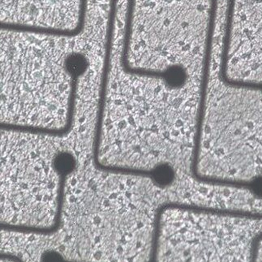
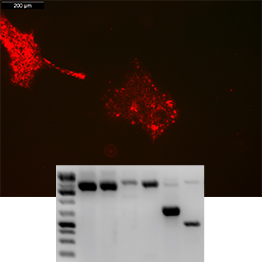
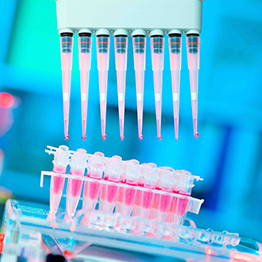
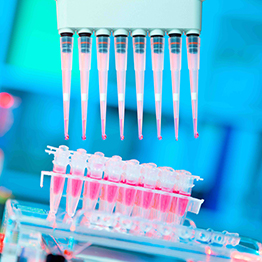
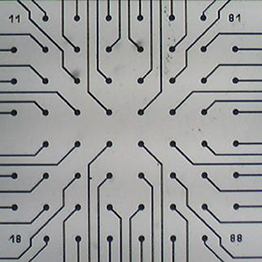
Reviews
There are no reviews yet.